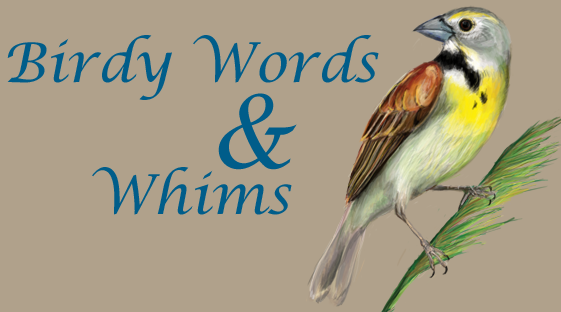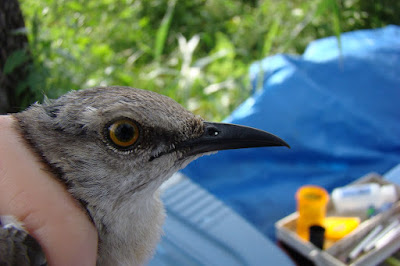
This is a picture of my car in the field and covered in mud. It usually looks a whole lot filthier though. I miss my car! However, the one I have now is pretty nice and fancy, plus the A/c works a lot better!
Along with car trouble, (flat tire last week, engine died out of nowhere two weeks before that) I have been having computer issues as well! I just had to order a new power cord since mine is giving me grief (again)! Oh and more bad news... our coffee shop that we regularly go to to receive internet access has gone out of business and they're closing ..TOMORROW! We do know of one other place in the whole town that has wifi so it looks like we will be taking our regular coffee trips elsewhere. And there's always the public library. Ah, farewell to Pecan Valley Coffee, we will miss you so much! Sorry that our biweekly $1 iced tea contributions couldn't help you out more.
But more about our trip to Killeen now... Our supervisor Julie's friend Carla works on Fort Hood for the Nature Conservancy so we got access to the base to do some extra banding. Julie is doing a research study on Painted Buntings so we have been target netting to catch adult males. Now, Painted Buntings are spectacular birds, but while I was on Fort Hood I was more interested in Black-capped Vireos, a very endangered bird that I have never seen before. Turns out, they were just about as abundant as all the biting insects on the army base.
I was dying to get a picture of one, but of course they are very flitty birds and they love to hang out deep in the scrubby vegetation.
After watching an adult forage with some of its fledglings, I finally got a few fuzzy photos like the one above. You can sort of make out the "black cap" which is more like a dark face mask.
Well, as luck would have it, and since they were just about everywhere, we ending catching three young Black-capped Vireos in our mist nets.
Black-capped Vireo (juvenile)
They were so cute! The adult males are actually much more striking, as usual, with very black head feathers instead of gray. I didn't get any pictures of the adult though.
All of the vireos we caught were already banded. This one has a blue color band on one of his feet as you can see in the picture. A group with the Nature Conservancy is doing an intensive project with the vireos involving nest searching and banding hatchlings while they're still in the nest. You have to have very special permission in order to band an endangered species. Our group doesn't have that particular license, so if we ever catch a Black-capped Vireo at Camp Bowie, we just have to let it go without a band.

Although we haven't seen any Black-capped Vireos, it may be possible to see them around here according to their Range Map. But it is clearly a bird with a shrinking habitat and dwindling numbers overall. With the help of the Nature Conservancy, we are learning more about this species and how to manage its habitat. To learn more about their project visit the Nature Conservancy's website or donate to http://support.nature.org/texas





 Lark Sparrow (juvenile)
Lark Sparrow (juvenile)
 Juvenile Rufous-crowned Sparrow with deformed bill
Juvenile Rufous-crowned Sparrow with deformed bill







 Blue-gray Gnatcatcher - Adult
Blue-gray Gnatcatcher - Adult

 Another picture of the Bushtit for comparison. They are similar in size to the Gnatcatcher and about the same color as the juvenile Gnatcatcher. But the bushtit's bill color and shape look much more chickadee-like. The Gnatcatcher is beginning to develop a white ring around its eyes and has darker tail feathers like the adult.
Another picture of the Bushtit for comparison. They are similar in size to the Gnatcatcher and about the same color as the juvenile Gnatcatcher. But the bushtit's bill color and shape look much more chickadee-like. The Gnatcatcher is beginning to develop a white ring around its eyes and has darker tail feathers like the adult.














